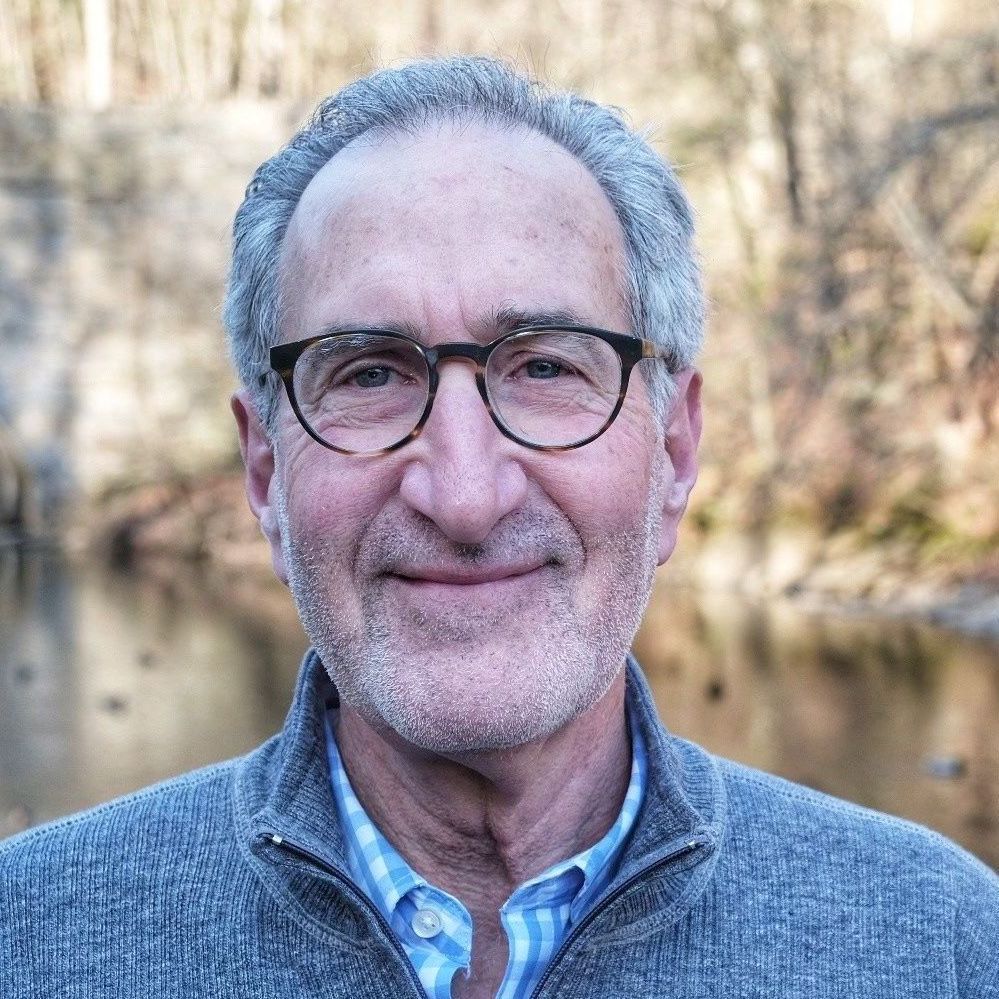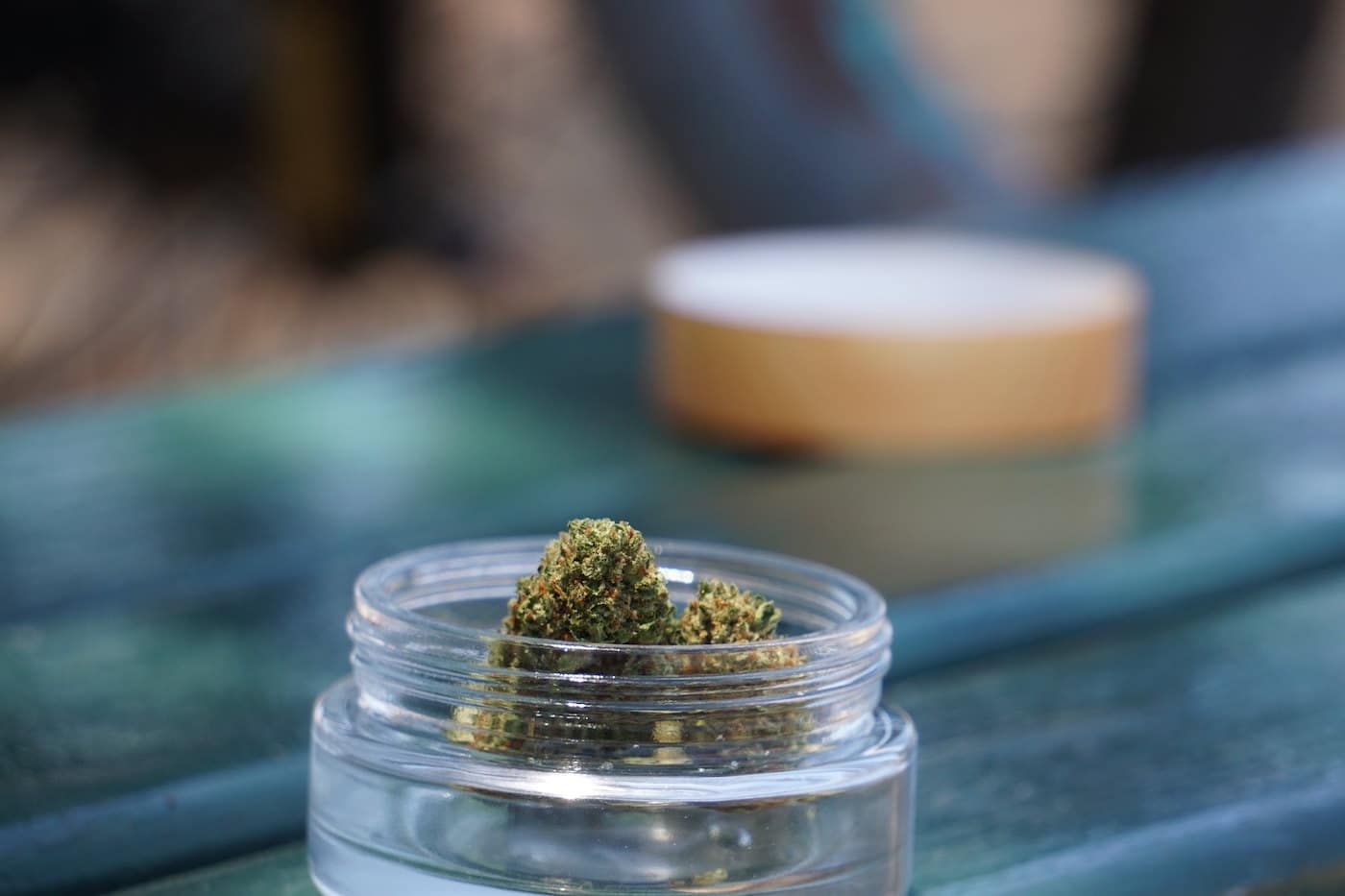Teenagers Pathologized by Traditional Addiction Treatment
May 18, 2023 | Barry Lessin, M.Ed., CAADC
Teenagers Pathologized by Traditional Addiction Treatment
When Alice* was 12 years old, her mother discovered some diary entries she had written about experimenting with drugs, and became concerned. After consulting with their family therapist in Pennsylvania, Alice was sent to a “high-end” residential rehab.
“I was scared and alone,” Alice recalled, “pressured into admitting to drug use that never happened, unable to talk to my parents for the first week and surrounded by adolescents much older and more experienced than I.”
Alice was required to attend 12-step meetings at the facility, and made “to identify with the label of ‘addict,’” as she put it. This was despite the fact that she had not developed a substance use disorder.
"What she didn’t know then was “how much their assessment of me would follow me home and impact the rest of my life.”
“I thought that the only way to get out was to tell them what they seemed to want to hear,” she said. “When I did try to tell the truth, I was told that I was a liar and a manipulator.”
At the time, Alice believed that once she got out of rehab, it would all be over. What she didn’t know then was “how much their assessment of me would follow me home and impact the rest of my life.”
“Despite knowing that I didn’t belong there initially, with everyone around me telling me otherwise and no one believing me, I felt trapped in that identity,” she explained, “and eventually began to doubt my own reality.”
Taught that she was “ill,” Alice came to believe it. “I couldn’t trust my own thoughts, emotions or experiences.”
And in her case, she said, “the treatment itself became a self-fulfilling … prophecy, as I did go on later in my adolescence to develop a problem with substances, partly to find some relief from the feelings of worthlessness and lack of control over my own life, and partly to feel I wasn’t living a lie.”
The experience also damaged the trust between her and her parents, and “set me up for additional traumatic treatment experiences in my adolescence and normalized unhealthy relationships in my adulthood.”
“I continue to live with the impacts of the trauma from this experience to this day,” she concluded.
Alice’s story illustrates how traditional treatment can pathologize normal behaviors of adolescence, thereby reinforcing stigma and existing low self-esteem. She’s only one of countless adolescents who have been traumatized by the traditional treatment industry as a result of the medicalizing and pathologizing that is standard in one-size-fits-all programs.
Telling teenagers they have a disease can prey on their existing emotional vulnerabilities, undermining their agency and hampering whatever motivation they may have.
The majority of substance use disorder treatment programs—ranging from outpatient, to intensive outpatient and residential/inpatient—are still 12-step based, and conduct therapy on the premise that the patient has a disease.
Teenagers usually come to treatment very reluctantly. Telling them they have a disease can prey on their existing emotional vulnerabilities, undermining their agency and hampering whatever motivation they may have to make changes. Alice’s framing of her diagnosis as “self-fulfilling” is notable; a well known study led by William Miller found “two client factors as optimally predictive of resumed drinking: lack of coping skills and belief in the disease model of alcoholism.”
Risk-taking, challenging authority and novelty-seeking are normal teen behaviors that are often part of a process of establishing autonomy and identity. Irrational behaviors, poor judgment, emotional dysregulation and problems with impulse control may be part of this. And experimentation with drugs—sometimes including unwise or excessive use, but in the context that the large majority of drug use does not lead to addiction problems—is normal.
Labels like “alcoholic” and “addict” obscure this process. Most importantly, they erase the uniqueness of each teen and their specific family dynamics.
A related problem is treatment programs’ reliance on substance use disorder diagnoses as the foundation of their interventions. While diagnoses in general can guide treatment recommendations and serve as helpful shorthand among providers sharing information about clients, these diagnoses tend to lead to an emphasis on substance use as the treatment focus.
This makes it less likely to address common co-occurring mental health issues such as anxiety, depression and ADHD. Treating substance use without offering strategies for addressing the mental health variables is often a recipe for disaster with teens.
Unlike Alice, Sara said that she “definitely had a problem with alcohol” by the time she went to rehab as a teenager.
“I had always suffered from anxiety,” she explained, “and the pressure of going to an Ivy League school combined with wanting to convince my parents that I was the perfect girl … drove me to medicate with alcohol.”
“When I ended up passing out at a party and going to the ER, my parents, understandably, freaked out,” she continued. Their friends and doctors urged that Sara should be sent to rehab in Pennsylvania, so her parents paid out-of-pocket for a facility that didn’t take insurance.
”I wasn’t coerced,” Sara said, “but I was absolutely terrified and had no idea what I was getting into.”
She found herself in multiple 12-step meetings every day—meetings that included men, despite her request for a women-only space because of resurfacing trauma from when she had been sexually assaulted in high school.
“After rehab, I felt like I was nothing but an ‘alcoholic,’ and doomed to fail no matter what I did.”
“I was forced to write my ‘First Step Prep’: a long story of everything bad that had happened to me on account of my drinking,” Sara related. “I had really only started drinking in college and I was a sophomore at the time, so my list wasn’t very long. When my counselor read it, she said there had to be more, so I made things up to put on the list.”
It got much worse for Sara. “When I told my therapy group about the sexual assault, they said it happened because I was an ‘alcoholic’—even though I hadn’t been drinking heavily at all until college.”
Sara left the rehab with an “aftercare plan” that involved her going to 90 12-step meetings in 90 days. This requirement separated her from her college friends, she said, and made it hard to focus on her work. But more broadly, “I felt damaged, different and flawed. Before then, my entire life, I had worked hard and felt successful. After rehab, I felt like I was nothing but an ‘alcoholic,’ and doomed to fail no matter what I did.”
Sara remained abstinent from alcohol for about eight months. But after that, she began what she called a cycle of not drinking, followed by “serious binges.”
“I had never had such serious binges before I went to rehab,” she said, “but they convinced me that once I started, I couldn’t stop.”
Eventually, Sara ended her involvement with Alcoholics Anonymous and anything related to her past treatment. “I found a therapist who does not believe in the disease model and isn’t even a ‘substance abuse’ counselor,” she said, “and she helped me see that I am not a label and not damaged. I no longer identify as an ‘alcoholic.’”
Sara chooses not to drink these days, “but that’s because it makes my anxiety worse, not because I think I can’t stop. When I hear friends talking about having problems with alcohol or other drugs, I tell them whatever you do, do not go to rehab!”
Unfortunately, like Sara’s family, many people think that when a teenager (or anyone) is showing signs of problems with substances, traditional rehab is the answer. The result is that many teens emerge feeling stigmatized, different from their peers or, like Sara, damaged.
Again, most drug use is not problematic. And people use drugs for reasons. All humans experience compulsive behaviors to some degree, related to an underlying psychological process involving an interaction of emotional factors unique to each person. People who experience compulsive, damaging relationships with drugs that they wish to change can certainly benefit from the right kinds of help. But stigmatizing drug use is never the right approach.
Instead, we need a treatment model that reflects a young person’s unfolding developmental trajectory, offering holistic and flexible options based on the person’s wishes, rather than the static disease approach.
I know this from long experience. After 30 years as a psychologist practicing under the traditional model, I felt burnt out as I saw my clients not just returning to substance use, but overdosing and dying. Feeling helpless, I almost left the field—and then I was led to discover harm reduction treatment approaches.
People find a harm reduction treatment approach empowering and motivating as they develop strategies to move towards well-being.
Treatment from this perspective focuses on collaboratively helping teens understand their urges to get high, anticipate and better manage impulses to use, and work through any underlying issues that are being temporarily solved by getting high.
I have found that teenagers are far more open to collaborating in treatment that doesn’t reinforce shortcomings and failures, and when they feel invested in the process of change.
In this treatment environment, we nonjudgmentally frame drug use as a choice—one that a person can have control over—and foster discussions of different options for coping, both with urges to use and with life.
Today, in working with teenagers and their families, I meet people where they’re at, listen to what they want, collaborate with them to increase engagement, and educate families with science-based information. People find this approach empowering and motivating as they develop strategies to move towards well-being.
When such a model exists, it is long overdue that experiences like those endured by Alice and Sara be consigned to the past.
This article was originally published on Filter and is reprinted here with permission.
*Names have been changed to protect sources’ privacy.
Photograph via RawPixel/Public Domain

Barry Lessin
Barry Lessin, M.Ed., CAADC, is a harm reduction psychologist in private practice, working with individuals and families impacted by substance use. His career spans over 40 years as a clinician, drug policy advocate, administrator, educator and researcher. He lives in Dresher, Pennsylvania.




